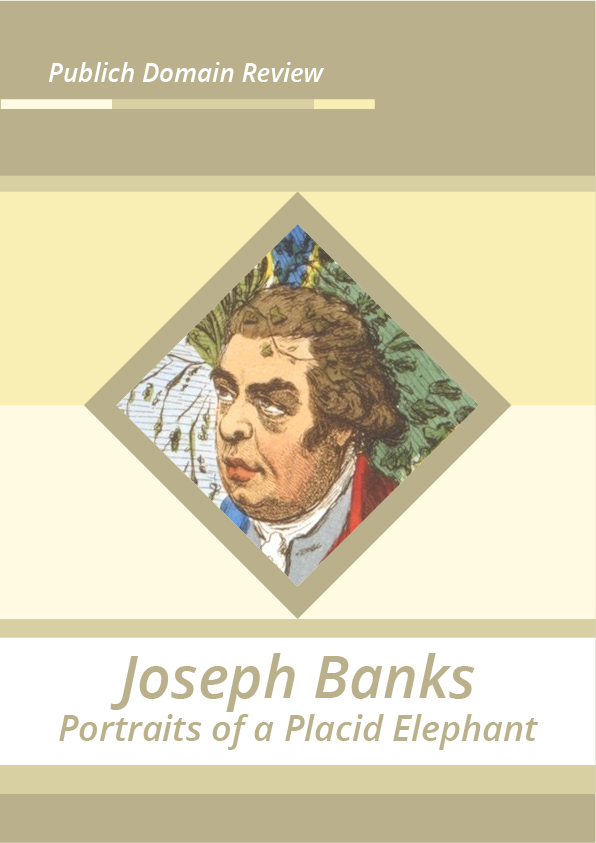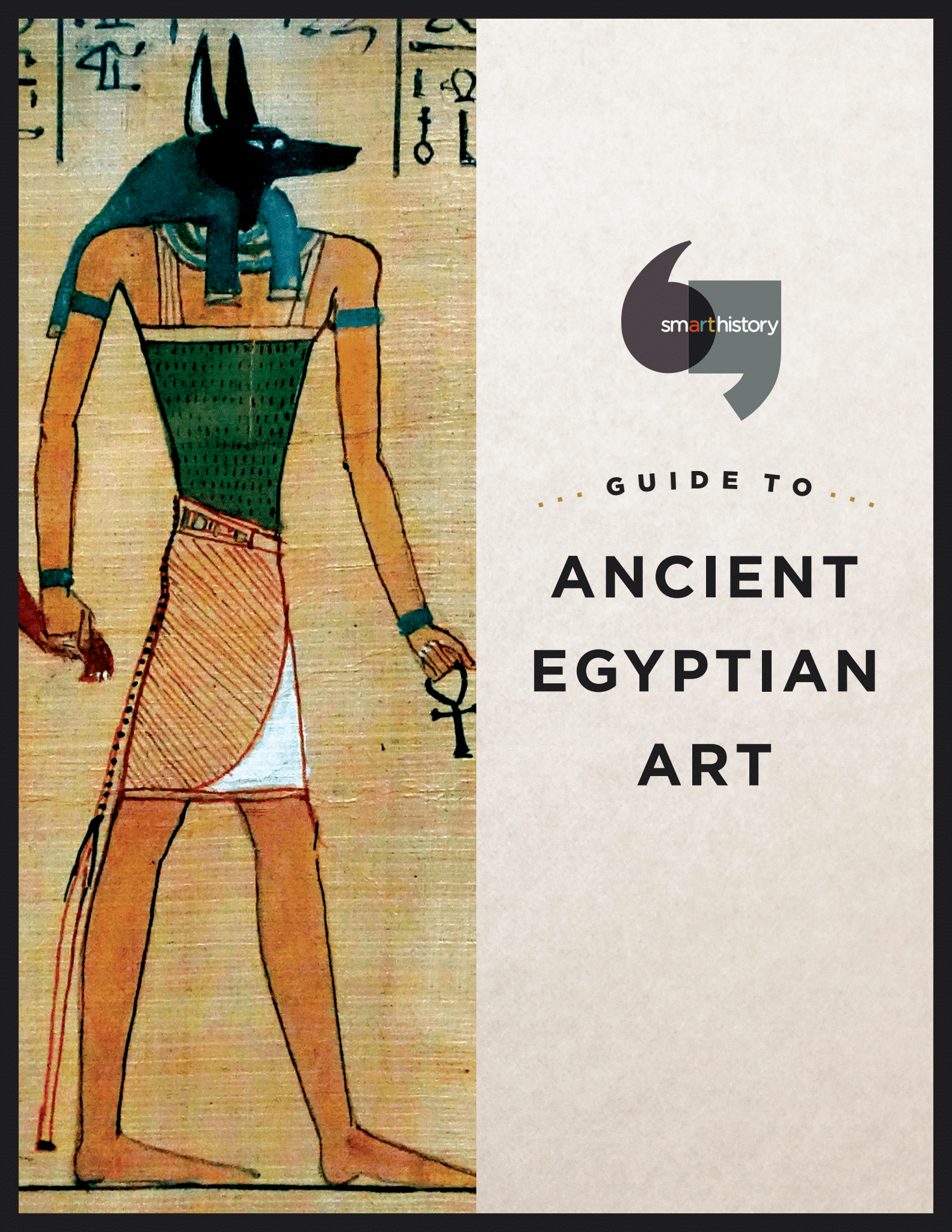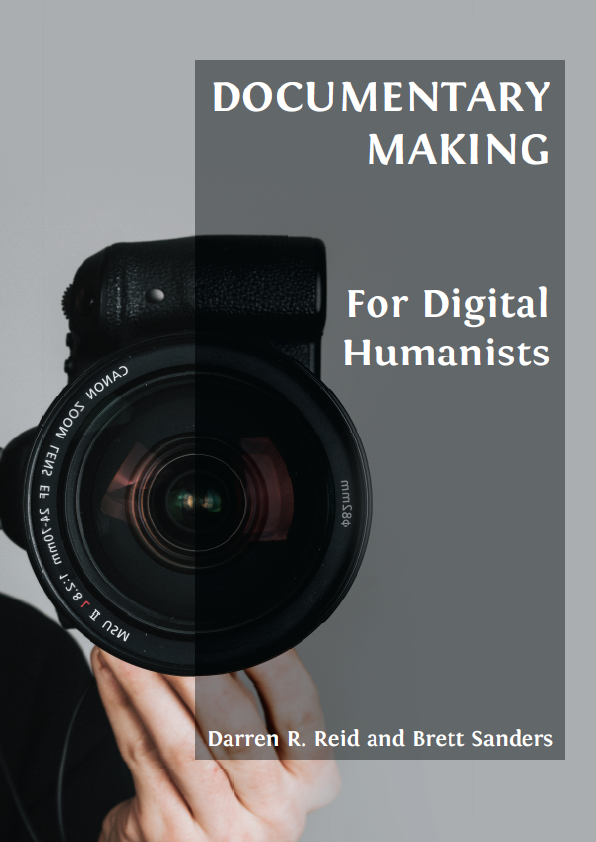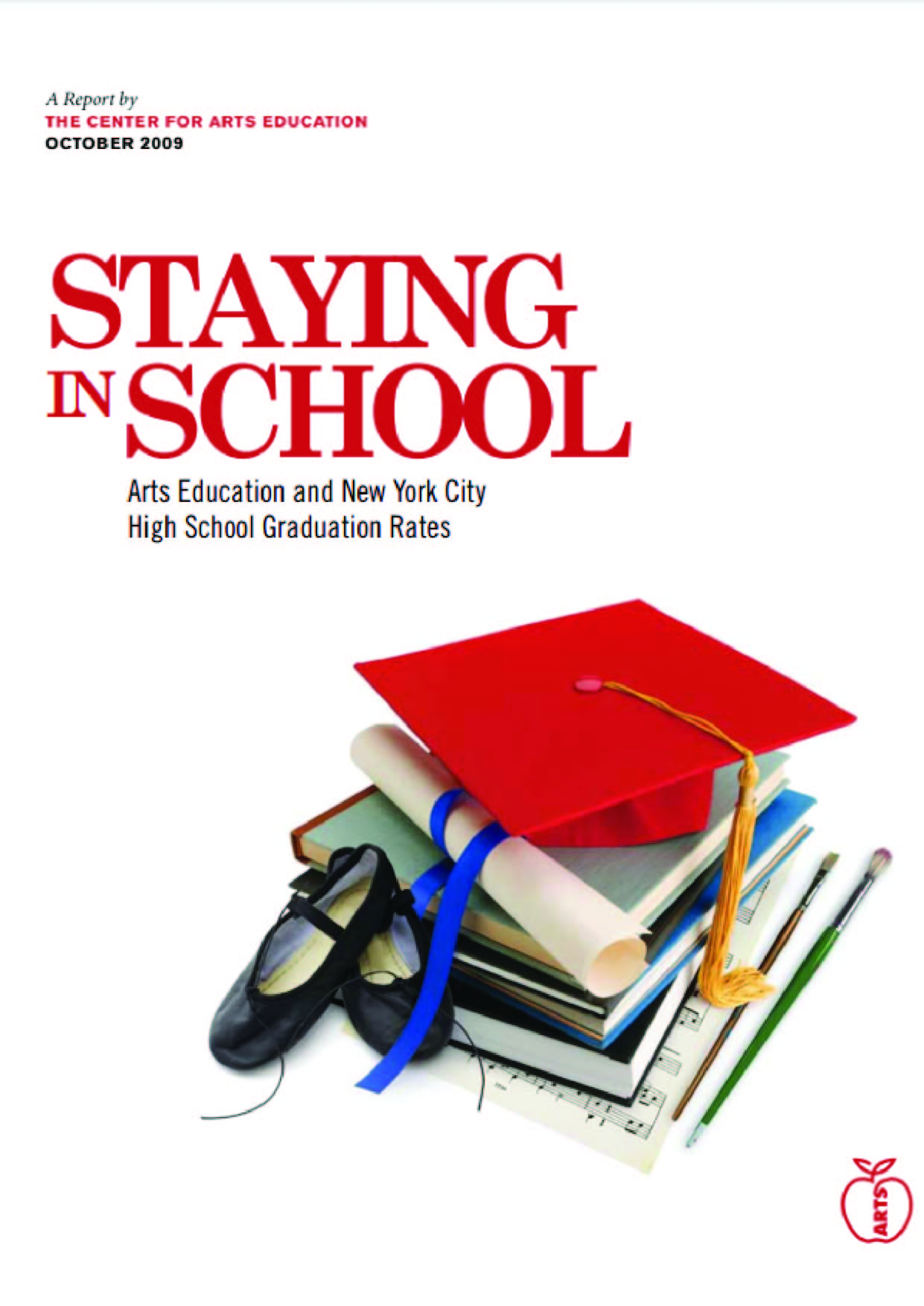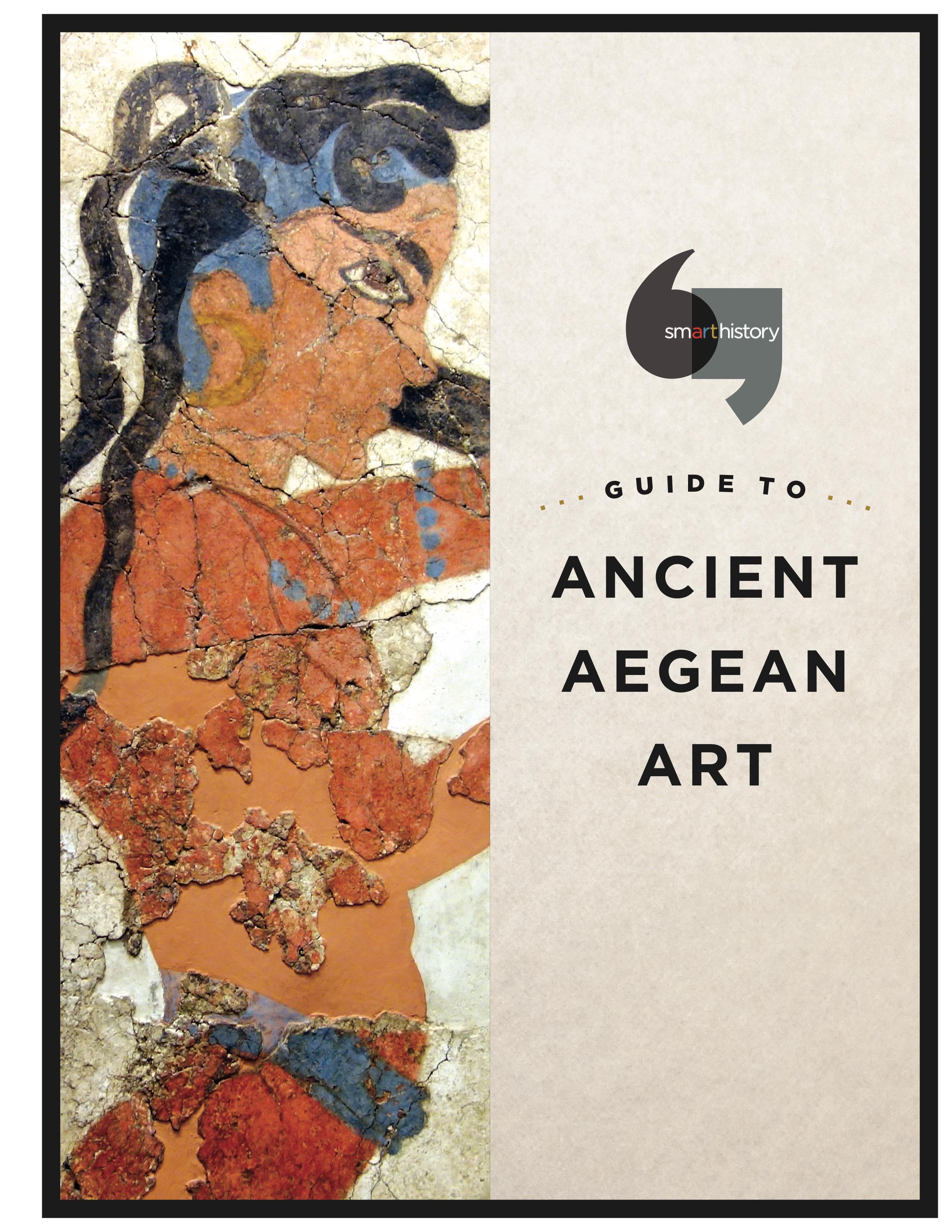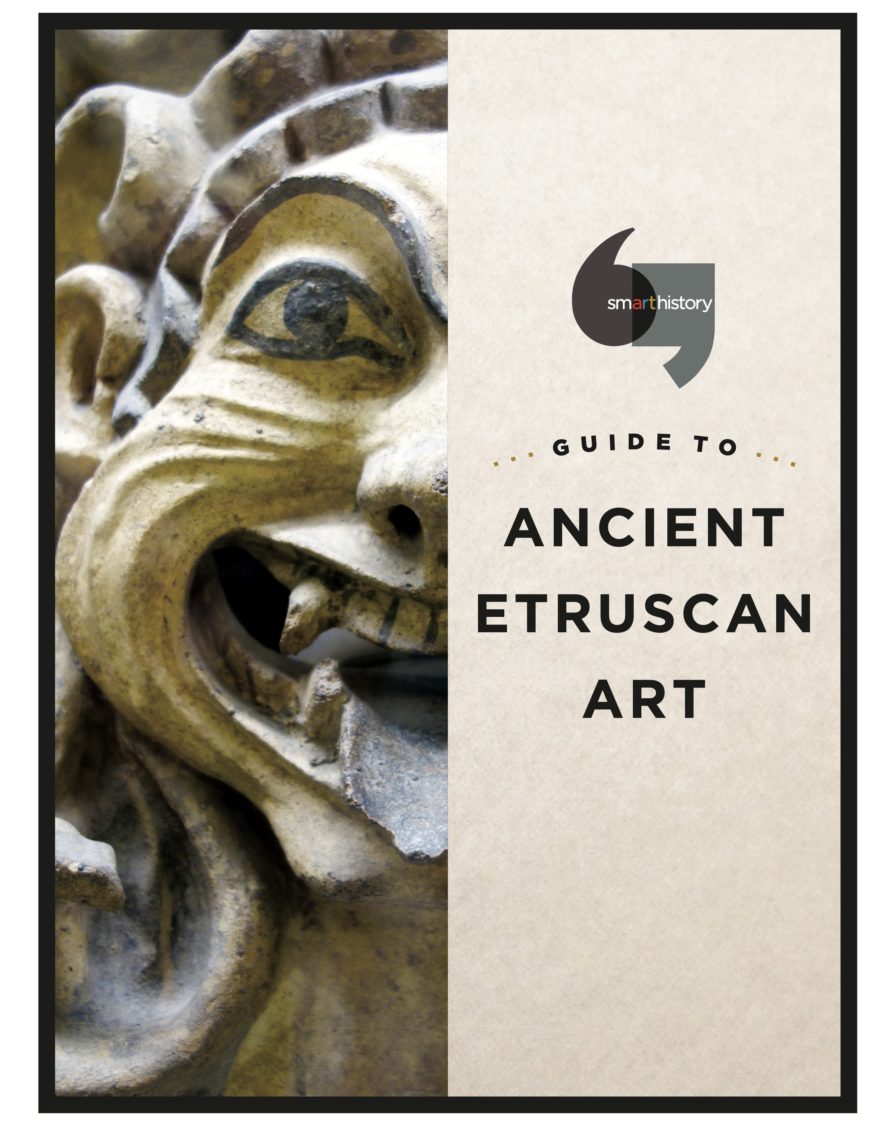Patricia Fara traces the changing iconography of Joseph Banks, the English botanist who travelled on Captain Cook’s first great voyage and went on to become President of the Royal Society and important patron for a whole host of significant developments in the natural sciences.
Patricia Fara lectures in the History and Philosophy of Science department at Cambridge University, where she is the Senior Tutor of Clare College. Her major research specialities are science in eighteenth-century England and scientific imagery, but she also writes and lectures on topics related to women in science. A regular contributor to popular journals as well as radio and TV, she has published a range of
Benjamin Robert Haydon, the artist who helped bring the Elgin marbles to the British Museum, was scathing about portraiture. It is, he declared in 1817, ‘one of the staple manufactures of the empire. Wherever the British settle, wherever they colonise, they carry and will ever carry trial by jury, horse-racing, and portrait-painting.’ His list of imperial products might also have included Joseph Banks (1743-1820), who is celebrated as one of Australia’s founding fathers. Although this eminent botanical collector sailed with James Cook to the South Seas and was President of London’s Royal Society for forty-two years, he was pushed into obscurity by his Victorian successors. Towards the end of the twentieth century, Antipodean historians restored Banks’s reputation by showing his crucial role in persuading the British government to invest in scientific exploration.
Banks is important not for his research legacy, but because he was a canny operator who knew how to promote himself as well as making sure that money flowed into science. Despite living before the era of cheap publishing, he excelled at controlling his public image. At six feet and thirteen stone, Banks was an imposing man. James Boswell described him as ‘an elephant, quite placid and gentle, allowing you to get upon his back or play with his proboscis’, although some of his intimate friends regretted that ‘his manners are rather coarse and heavy.’ Whatever the reality, Banks made sure that influential colleagues saw him how he wanted them to. Disingenuously insisting that ‘I do not feel as if Vanity was a Prominent trèe [sic] in my character’, he adopted different guises for his portraits, negotiating with the artists about which engravers should be hired and ensuring that copies were widely distributed.
Banks cannot have been happy with the earliest pictures of him that appeared shortly after his return from Australia. Part of a series parodying foppish young gentlemen, they mocked him as a Botanic Macaroni. A Macaroni, explained a gossipy journal, is ‘a kind of animal, neither male nor female, a thing of the neuter gender…It talks without meaning, it smiles without pleasantry, it eats without appetite, it rides without exercise, it wenches without passion.’ In Figure 1, Banks sports a redundant sword and an old-fashioned wig, while the accompanying couplet demeans the value of his extensive travels. His inelegant stance, uneasily straddling the hemispheres, parallels verbal satires denigrating the naivety of his sexual activities in the South Pacific. Gossip about Banks’s encounters with Tahitian women raced round London society. However, an entry in his journal suggests that, whatever their boasts, European men did not always find conquest easy; after being offered the bed of a local queen he awoke in the morning to discover that she had stolen his trousers, leaving him to retreat shame-faced back to his fort half-naked.
